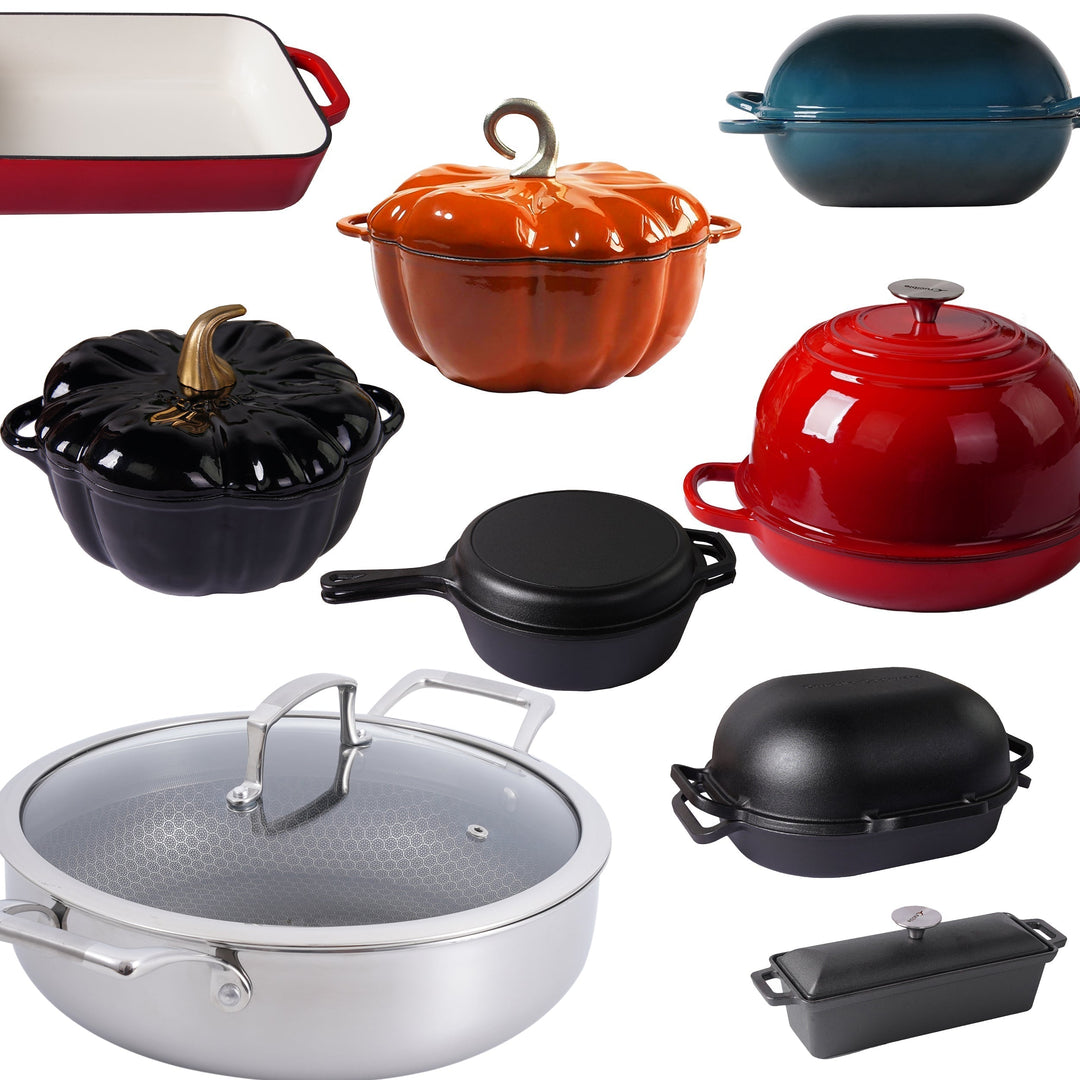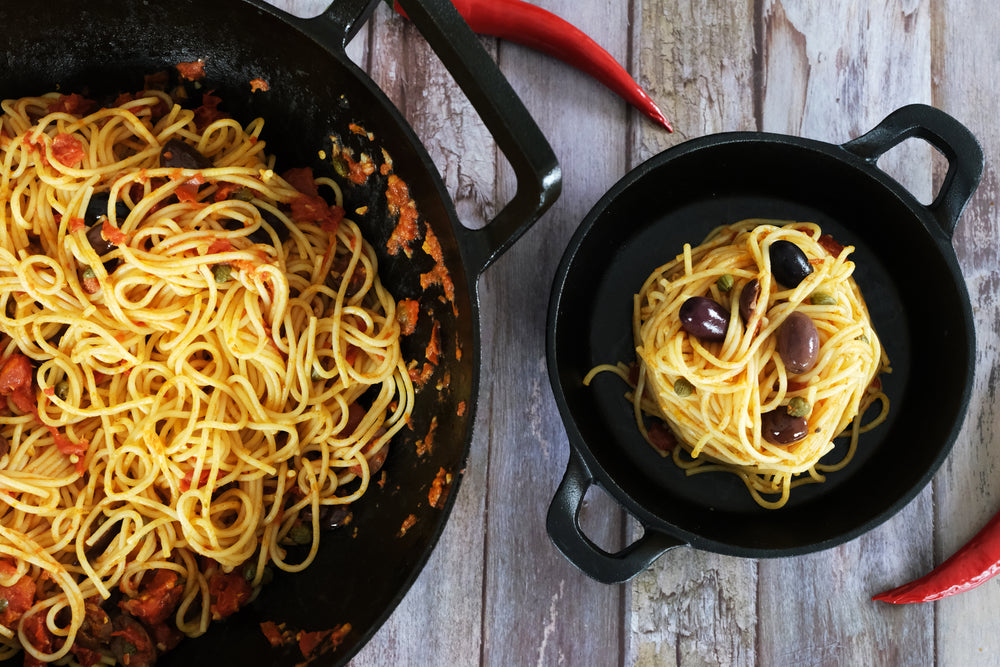Att välja rätt jäst för perfekt bröd: En guide för hemmabagare

Att baka bröd är en tidlös kulinarisk konst som sprider glädje i kök världen över. Oavsett om du är en erfaren bagare eller nybörjare i brödbakningens värld spelar en nyckelingrediens en avgörande roll för framgången med din limpa – jäst. Med olika typer av jäst tillgängliga kan det vara överväldigande att välja vilken man ska använda. I denna guide utforskar vi de olika typerna av jäst och hjälper dig att välja den perfekta för dina brödbakningsäventyr.
Aktiv torrjäst: Ett klassiskt val
Aktiv torrjäst är en av de vanligaste och mest tillgängliga typerna av jäst. Den är känd för sin pålitlighet och stabilitet. Denna jäst är inaktiverad och sedan torkad till granulat, vilket gör den lätt att förvara under längre perioder utan kylning. Innan användning måste aktiv torrjäst återfuktas i varmt vatten för att aktiveras och starta fermenteringsprocessen. Denna typ av jäst passar för ett brett spektrum av brödrecept, från enkla vita limpor till mer komplexa hantverksbröd.

Snabbjäst: Tidsbespararen
Snabbjäst är en snabbverkande jäst som inte behöver förlösas i vatten innan användning. Den kan tillsättas direkt till de torra ingredienserna, vilket sparar tid i bakprocessen. Snabbjäst är ett utmärkt val för dem som vill ha bekvämligheten av en snabbare jäsning utan att kompromissa med brödets kvalitet. Den är särskilt lämplig för upptagna bagare eller nybörjare inom brödbakning.
Färsk jäst: En traditionell touch
Färsk jäst, även känd som kaka jäst eller komprimerad jäst, är en fuktig och lättfördärvlig form av jäst. Den har en högre vattenhalt och anses generellt ge en mer robust smak till brödet. Färsk jäst är en favorit bland traditionella bagare och används ofta i recept som kräver längre jäsningstid. Tänk på att färsk jäst har kortare hållbarhet och måste förvaras i kylskåp.
Surdegsstart: Vildkortet
För dem som söker en mer praktisk och hantverksmässig metod för brödbakning är surdegsstart ett utmärkt val. Surdeg bygger på vildjäst och bakterier som finns i en fermenterad blandning av mjöl och vatten. Att skapa och underhålla en surdegsstart kräver tid och tålamod, men det resulterande brödet har en unik smakprofil och en seg textur. Surdeg är ett utmärkt alternativ för dem som vill experimentera med olika smaker och texturer i sitt bröd.

Slutsats
I brödets värld är valet av rätt typ av jäst ett viktigt beslut som kan påverka smak, textur och jäsning av ditt bröd avsevärt. Oavsett om du väljer pålitligheten hos aktiv torrjäst, bekvämligheten med snabbjäst, den traditionella touchen av färsk jäst eller vildkortet i en surdegsstart, har varje typ sina unika egenskaper. Att experimentera med olika jästarter kan vara en rolig och lärorik resa som låter dig upptäcka brödbakandets nyanser och hitta den perfekta jästen för ditt signaturbröd. Lycka till med bakningen!
















Lämna en kommentar